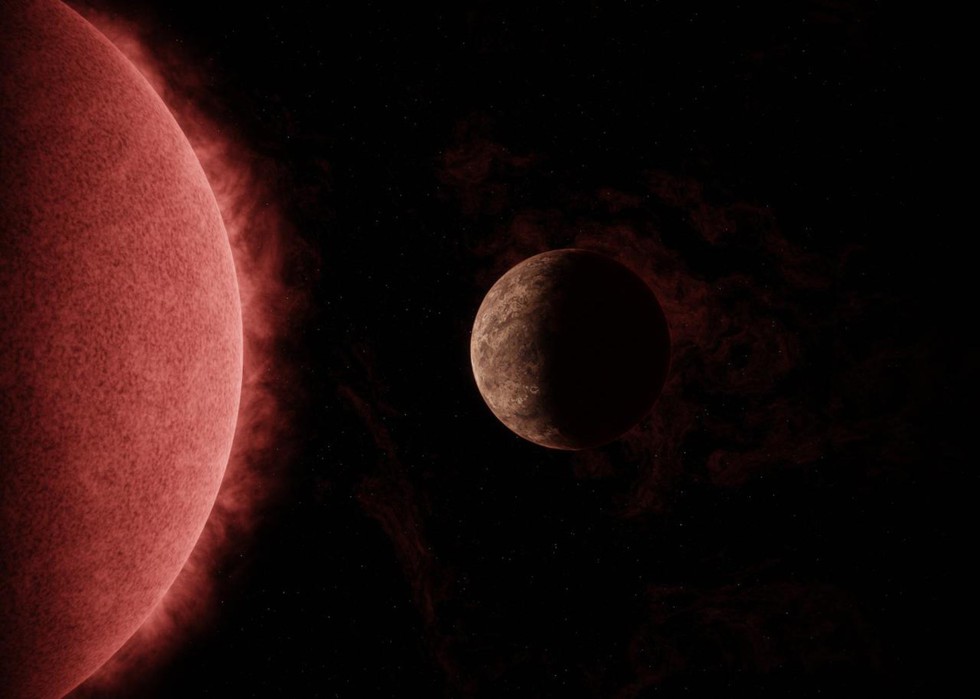An international team of astronomers has discovered a new Earth-sized planet. It orbits an ultra-cool red dwarf star located 55 light years away. This planet is only the second of its kind found around this type of star.
Characteristics of SPECULOOS-3 b
- Orbit: Takes around 17 hours to complete an orbit.
- Star: Ultra-cool red dwarf, more than twice as cold as our sun, ten times less massive, and a hundred times less luminous.
- Rotation: Likely tidally locked, with one side always facing the star.
Discovery Process
- Project: SPECULOOS (Search for Planets EClipsing ULtra-cOOl Stars).
- Collaboration: Led by the University of Liège in Belgium, with participation from other institutions.
- Method: Uses a network of robotic telescopes around the world to search for exoplanets orbiting ultra-cool dwarf stars.
- Significance: Helps in the detection of rocky planets suitable for detailed studies.
Importance of Ultra-cool Dwarf Stars
- Commonality: Comprise around 70% of stars in the Milky Way.
- Observation Challenge: Faint and scattered across the sky, requiring weeks of observation to detect transiting planets.
Future Prospects
- Observation Expansion: Incorporation of observations from telescopes in both hemispheres.
- Scientific Contributions: Offers insights into rocky planets orbiting low mass stars.
- Longevity: Ultra-cool dwarf stars have a lifespan over 100 billion years, potentially conducive to the development of life on orbiting planets.
Multiple Choice Questions (MCQs):
- What is the name of the newly discovered Earth-sized planet?
- A) TRAPPIST-1
- B) SPECULOOS-3 b
- C) Kepler-186f
- D) Proxima Centauri b
- Answer: B) SPECULOOS-3 b
- How long does SPECULOOS-3 b take to complete an orbit?
- A) 24 hours
- B) 17 hours
- C) 48 hours
- D) 10 hours
- Answer: B) 17 hours
- What is the primary goal of the SPECULOOS project?
- A) Search for black holes
- B) Search for exoplanets around ultra-hot stars
- C) Search for exoplanets around ultra-cool dwarf stars
- D) Study galaxy formations
- Answer: C) Search for exoplanets around ultra-cool dwarf stars
- What percentage of stars in the Milky Way are comprised of ultra-cool dwarf stars?
- A) 30%
- B) 50%
- C) 70%
- D) 90%
- Answer: C) 70%
- Which telescope is expected to provide further insights into SPECULOOS-3 b’s surface mineralogy and potential atmosphere?
- A) Hubble Space Telescope
- B) Kepler Space Telescope
- C) James Webb Space Telescope
- D) Chandra X-ray Observatory
- Answer: C) James Webb Space Telescope
